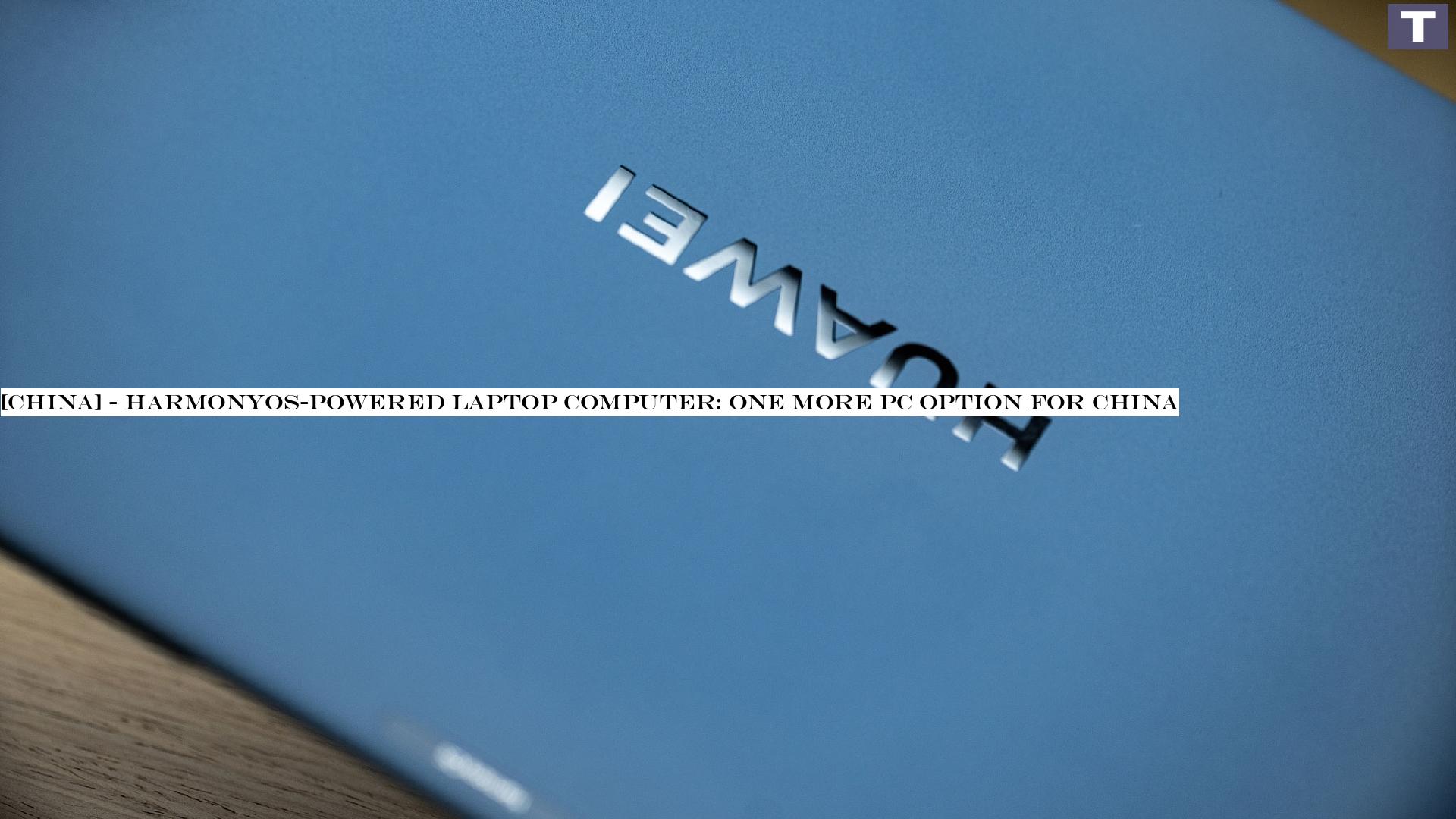
Chinese tech giant Huawei on Thursday revealed a brand-new laptop computer that does not run Windows, macOS or Linux.
Rather, it operates on the businesss self-developed os –-- HarmonyOS –-- which previously had actually just powered smartphones and Internet of Things (IoT) devices.The device closely resembles Huaweis previous flagship laptop, the MateBook X Pro.
It includes a lightweight style, weighing just 970 grams.
Unlike earlier variations of the MateBook X Pro, which used CPUs from U.S.
chipmaker Intel, this new design changes the Intel processor with Huaweis own alternative –-- an evident reaction to constraints that later on prevented Intel from providing chips to Huawei.According to videos posted on social networks revealing the laptops terminal output, the brand-new computer system uses a Kirin X90 chip.
This chip has actually not appeared in any previously released Huawei gadgets.
The terminal information reveals its maximum clock speed is around 2 gigahertz –-- considerably slower than leading processors presently available on the market.Despite these restrictions, numerous social media videos suggest that the os performs efficiently, with users reportedly opening and closing multiple big files simultaneously.The present variation of HarmonyOS on the laptop computer looks nearly similar to the OS operating on Huaweis current MatePad tablets.
The laptop computer version includes a devoted app shop and a terminal environment, providing sophisticated users the option to utilize command line inputs rather of relying exclusively on the visual interface.Social media video footage also exposed that many Linux commands work within the HarmonyOS terminal, although numerous others do not.
This might be due to the OSs usage of Huaweis exclusive Hongmeng kernel, which is developed to keep partial compatibility with Linux features.According to a salesperson at a Huawei shop in Beijing, talking to CGTN Digital, it is currently impossible to run either Windows or Android apps on the laptop computer.
He added that even shop personnel were unclear about certain information ahead of the official release date on May 19.
Nevertheless, apps established for HarmonyOS Next on Huawei smart devices are expected to run effortlessly on the laptop, as both gadgets essentially run the same operating system across different screen sizes.While the gadget might have a hard time to attract traditional consumers –-- who are mainly connected to the Microsoft or Apple communities –-- it might discover a niche among government companies and state-owned business worried about data security when using foreign software application and hardware.
These organizations typically count on laptops powered by domestic chips and localized Linux distributions such as Kylin and UOS.Chinese media reports quoting experts have explained HarmonyOS as an appealing opportunity for Chinas domestic computing market to grow.
The laptop computer might likewise play a crucial function in Huaweis more comprehensive consumer electronics strategy.Still, some experts have actually questioned whether Huawei can effectively construct a competitive PC community efficient in challenging the long-dominant Wintel alliance –-- Microsoft Windows coupled with x86 –-- based processors from Intel and AMD.
Together, these innovations power more than 70 percent of PCs worldwide.

 20
20















